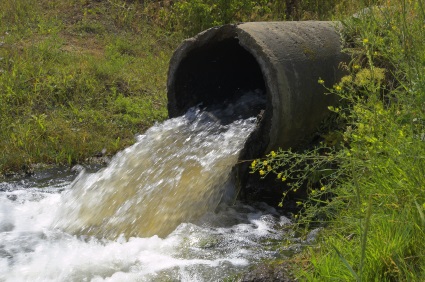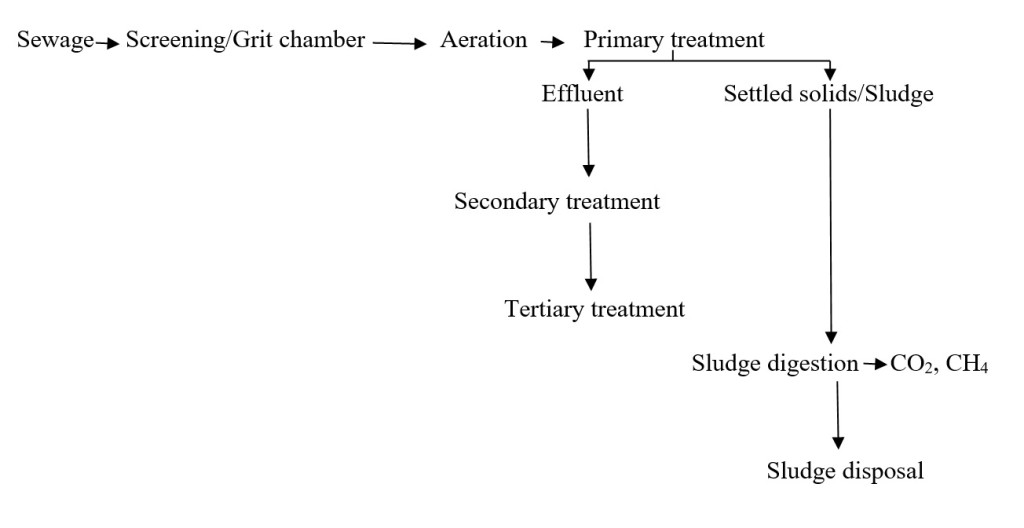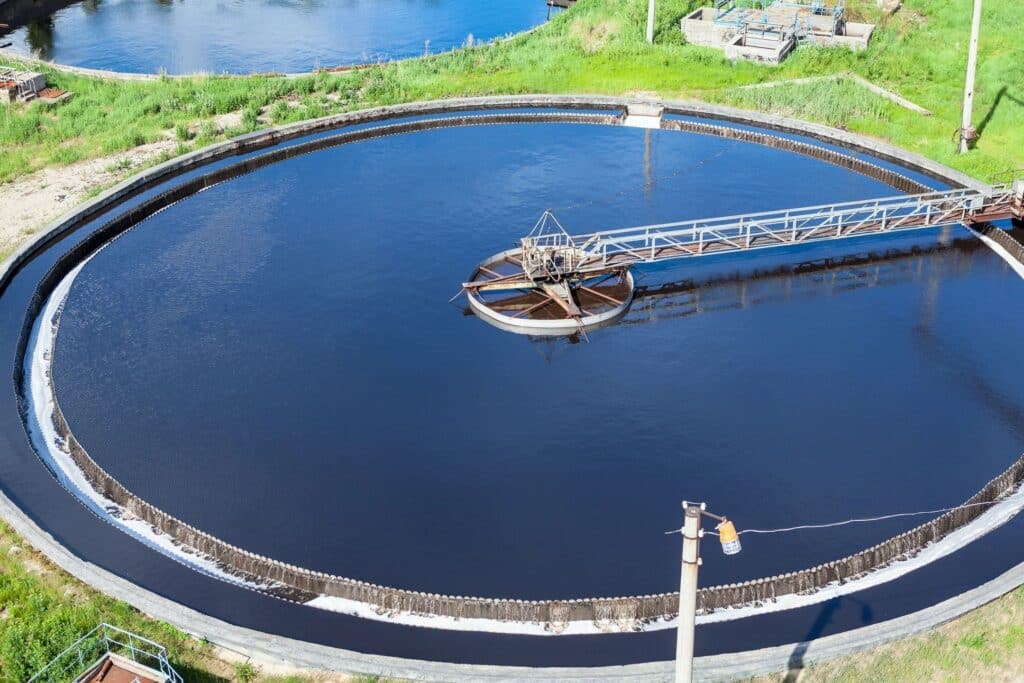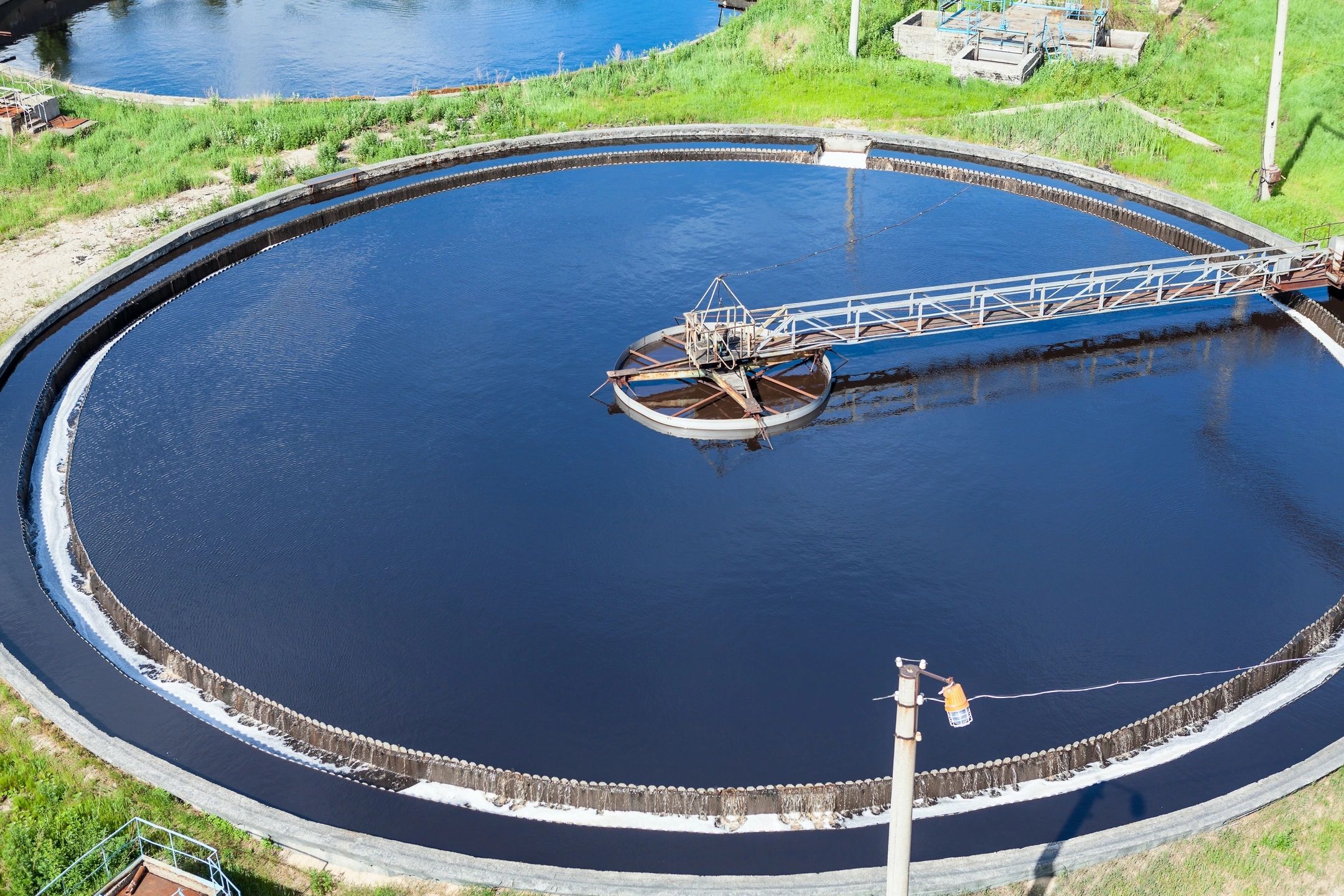Sewage treatment plant process includes sewage treatment on primary, Secondary or biological and tertiary treatment process to improve quality of wastewater for recycle.
With increasing infrastructural development and water usage for various purposes such as domestic and commercial, there is generation of waste water.
What is Sewage?
Sewage comprises waste water generated from households, hotels and may include industrial waste water.

What type of waste does sewage contain?
Sewage usually contains a high quantity of organic wastes and may also consist of inorganic wastes. It is essential to treat sewage before its entry into any water body. Why so? Sewage, if allowed to enter water sources without treatment, it will contaminate them; which is why it is essential to treat sewage properly before letting it into rivers or streams for example.
Sewage Treatment Plant process
Sewage can be treated by designing a sewage treatment plant (STP) which involves three stages: primary/preliminary, secondary and tertiary.
Primary Treatment

In a sewage treatment plant, sewage water is first allowed to pass through screens or grit chamber where large solids are removed. This step is followed by aeration/mixing in a tank and then primary sedimentation where suspended solids settle down. Primary treatment involves addition of a coagulant and aims at removing grits, coarse solids, oil and grease if any present. Preliminary treatment results in sedimentation of solids (sludge) and formation of an effluent that floats above sludge. Effluent from primary treatment consists of 45-50 % unstable organic matter. The effluent then undergoes secondary treatment where fine solids settle out by means of bacterial activities.
Secondary or Biological Treatment
This stage converts organic matter in sewage into stable forms through biological activities, resulting in secondary sedimentation. Common approaches are trickling filters and activated sludge method.
Trickling filters comprise an enclosed tank with a bed of bricks and a layer of microorganisms. The effluent enters the tank through an inlet and trickles over the bed layer by sprinklers. Microbial activities oxidize the organic matter in the effluent, resulting in the removal of fine solids, formation of sludge and an effluent with less organic solids.
Activated sludge method involves the addition of a mixture of active microorganisms to sewage, followed by aeration and agitation. The aerobic conditions and microbial actions oxidize the organic solids resulting in coagulation, flocculation and settling of solids. Activated sludge produces a clear liquid without foul odor.
Tertiary Treatment
The effluent then undergoes tertiary treatment/disinfection by incorporation of UV radiation or chlorination. Other methods such as sand filters and reverse osmosis may also be used instead for this stage of treatment, depending upon the nature of the sewage and the effluent from secondary treatment.

Wastewater Treatment Technologies
Wastewater treatment technologies have evolved significantly to mitigate environmental pollution and ensure sustainable water resources.
Biological treatment methods employ microorganisms to decompose organic matter in wastewater, yielding harmless byproducts. Advanced versions like sequencing batch reactors (SBRs) and moving bed biofilm reactors (MBBRs) enhance efficiency.
Membrane filtration, encompassing ultrafiltration, nanofiltration, and reverse osmosis, effectively separate impurities, producing reusable water.
Advanced Oxidation Processes (AOPs), such as ozone treatment and UV photocatalysis, target persistent pollutants.
Constructed wetlands replicate natural systems for comprehensive treatment.
Nutrient recovery technologies capture nitrogen and phosphorus for repurposing.
Electrochemical methods like electrocoagulation and electrooxidation induce chemical reactions for pollutant removal.
Decentralized systems like package plants offer localized solutions, crucial for remote areas.
Overall, these technologies collectively drive wastewater treatment’s transformation, addressing modern challenges and fostering water sustainability.
What happens to the sludge produced from primary and secondary sedimentation?
Sludge is digested in a tank which results in the release of combustible gases: methane (CH4) and carbon dioxide (CO2); that can be used as fuel. The digested sludge can either be disposed by incineration or used as a fertilizer.
Why reuse or recycle Water?
Though 70% of earth is surrounded by water only 2.5% of it is fresh water. Out of which 70% fresh water is in frozen state on Antarctica and Greenland. Only nearly 1% of fresh water is accessible for usage. In day to day life we use water majorly for washing, bathing, toilet etc. if we can recycle water for other than drinking purpose fresh water demand can be lowered.
Hence it is very important to treat sewage outlet of every building and reuse treated water for washing, toilet and floor cleaning.
Sewage Treatment Plant in Apartments
A sewage treatment plant in apartments plays a crucial role in ensuring the effective treatment and management of wastewater generated by residents. It operates on the principle of treating sewage through a series of processes to remove contaminants and pollutants before discharging the treated water.
These plants are designed to handle the specific needs and capacity requirements of the apartment complex, employing methods such as preliminary screening, sedimentation, biological treatment, and disinfection.
By implementing an on-site sewage treatment plant, apartments can minimize their environmental impact, protect public health, and ensure the sustainable management of wastewater within their premises.
Water and Wastewater Industry
The water and wastewater industry plays a pivotal role in ensuring the availability of clean and safe water for communities while effectively managing and treating wastewater to protect the environment. This industry encompasses a wide range of activities, from sourcing, treating, and distributing potable water to collecting, treating, and disposing of wastewater and sewage.
Water treatment plants employ advanced technologies to purify water from various sources, making it fit for consumption, while wastewater treatment facilities utilize innovative methods to remove contaminants and pollutants, minimizing their impact on ecosystems.
As populations grow and environmental concerns intensify, the water and wastewater industry continues to evolve, striving for sustainable practices that balance the needs of society, industry, and nature.
Save water, Save Earth.
Frequently Asked Questions:
1. Preliminary Treatment: Large debris and solid materials are removed from the wastewater through screens and grit chambers.
2. Primary Treatment: Wastewater undergoes sedimentation to separate solid particles, forming primary sludge.
3. Secondary Treatment: Biological processes are employed to break down organic pollutants using microorganisms in aeration tanks.
4. Tertiary Treatment: Advanced methods like filtration, disinfection, and oxidation remove remaining contaminants, including nutrients and pathogens.
5. Sludge Treatment and Disposal: Sludge generated during the process is treated and stabilized through methods like anaerobic digestion, dewatering, and drying before disposal or beneficial use.
The principle of a Sewage Treatment Plant (STP) involves the treatment of wastewater through a series of physical, biological, and chemical processes to remove pollutants and contaminants. The primary principle is to mimic and enhance natural processes that occur in the environment to purify water.
This is achieved by promoting the growth of beneficial microorganisms that break down organic matter, settling out solids, and disinfecting the water to ensure it meets quality standards before being discharged or reused.
The process of wastewater treatment is called sewage or wastewater treatment.

